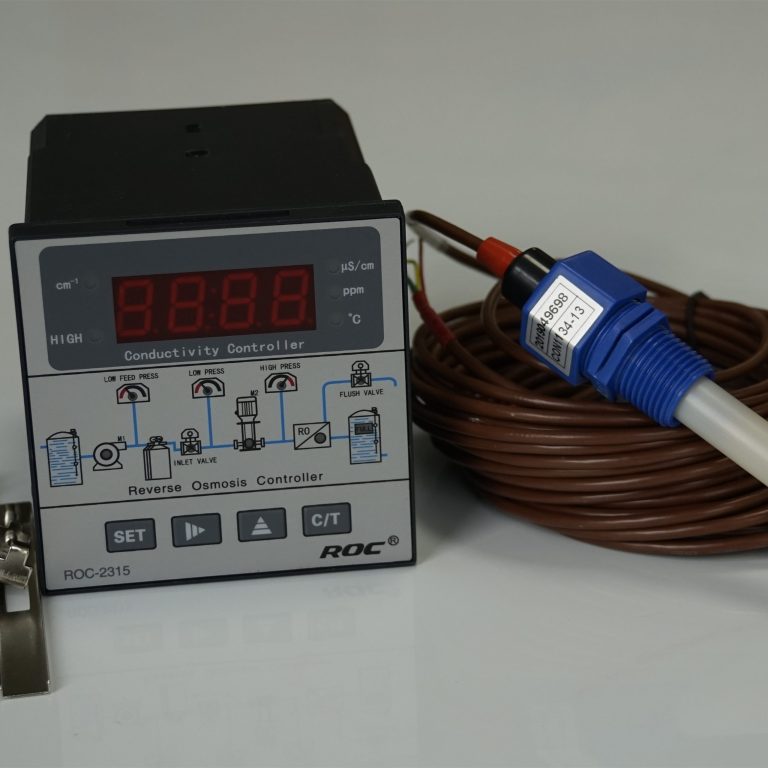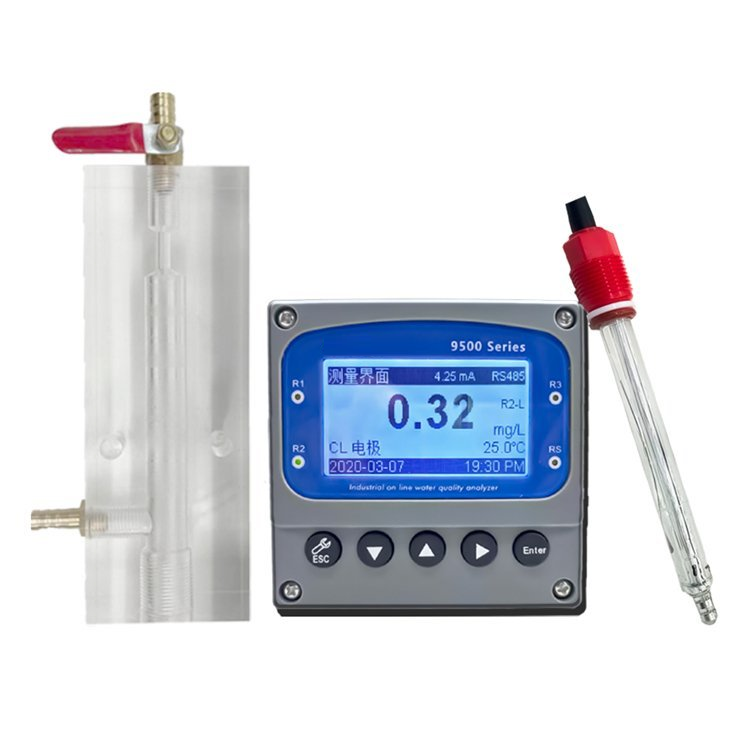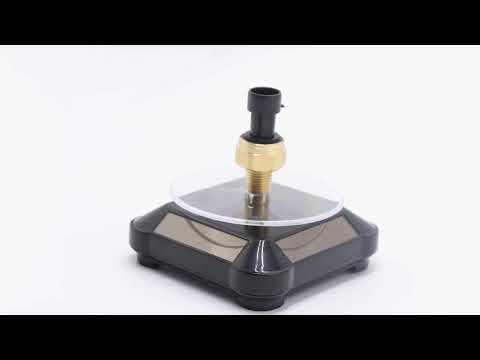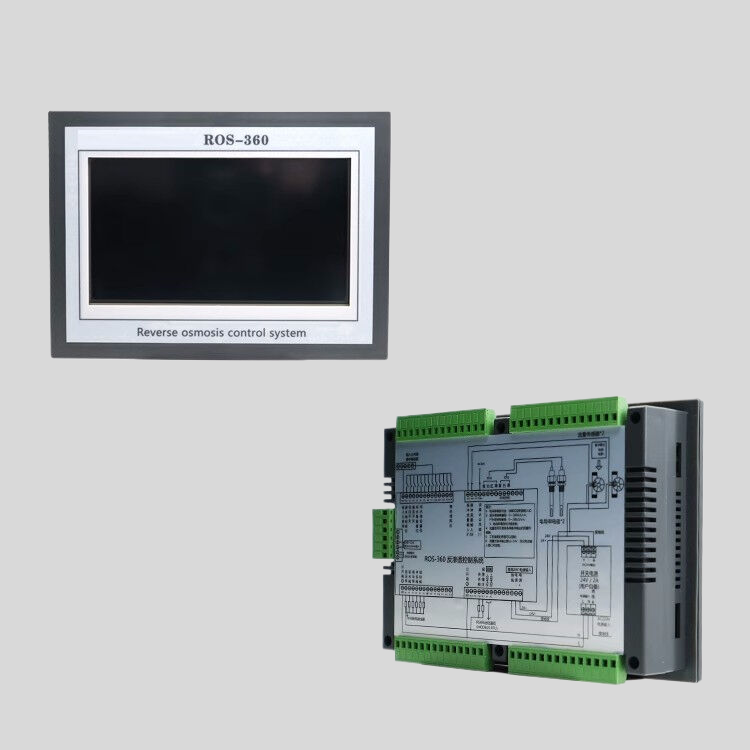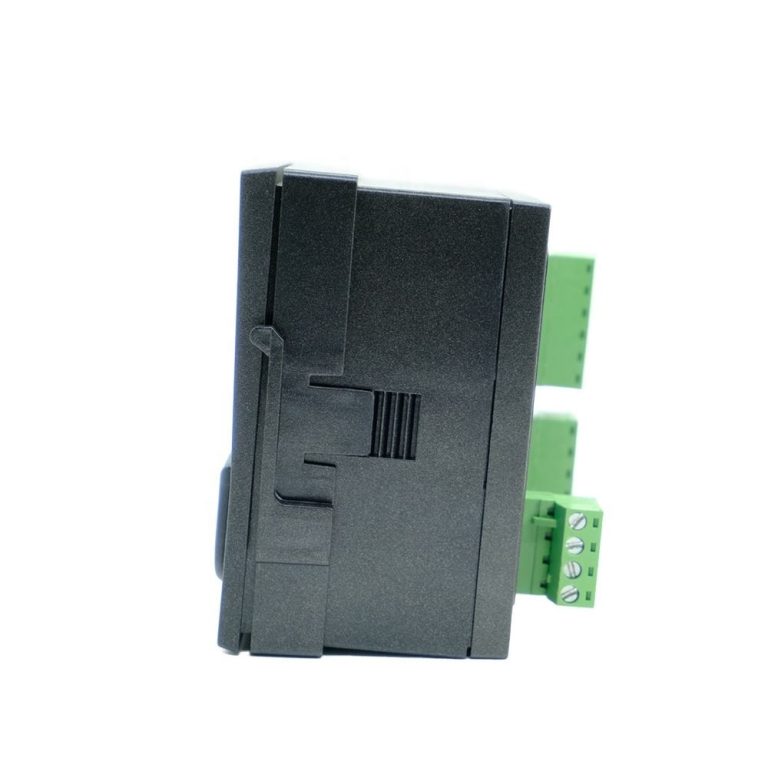Understanding the Importance of ph meter Offset in Measurements
pH meters are essential tools in various industries, including agriculture, food and beverage production, water treatment, and scientific research. These devices measure the acidity or alkalinity of a solution by detecting the concentration of hydrogen ions present. However, to ensure accurate and reliable measurements, it is crucial to understand and account for pH meter offset.
| Model | CM-230S Ecomonical conductivity monitor |
| Range | 0-200/2000/4000/10000uS/cm |
| 0-100/1000/2000/5000PPM | |
| Accuracy | 1.5%(FS) |
| Temp. Comp. | Automatic temperature compensation based on 25\\u2103 |
| Oper. Temp. | Normal 0\\uff5e50\\u2103; High temp 0\\uff5e120\\u2103 |
| Sensor | Standard:ABS C=1.0cm-1 (others are optional) |
| Display | LCD Screen |
| Zero Correction | Manual correction for low range 0.05-10ppm Set from ECO |
| Unit Display | uS/cm or PPM |
| Power | AC 220V\\u00b110% 50/60Hz or AC 110V\\u00b110% 50/60Hz or DC24V/0.5A |
| Working Environment | Ambient temperature:0\\uff5e50\\u2103 |
| Relative humidity\\u226485% | |
| Dimensions | 48\\u00d796\\u00d7100mm(H\\u00d7W\\u00d7L) |
| Hole Size | 45\\u00d792mm(H\\u00d7W) |
| Installation Mode | Embedded |
pH meter offset refers to the difference between the actual pH value of a solution and the reading displayed on the pH meter. This offset can occur due to various factors, such as electrode aging, temperature fluctuations, and electrode contamination. If not properly addressed, pH meter offset can lead to inaccurate measurements, which can have serious consequences in industries where precise pH control is critical.
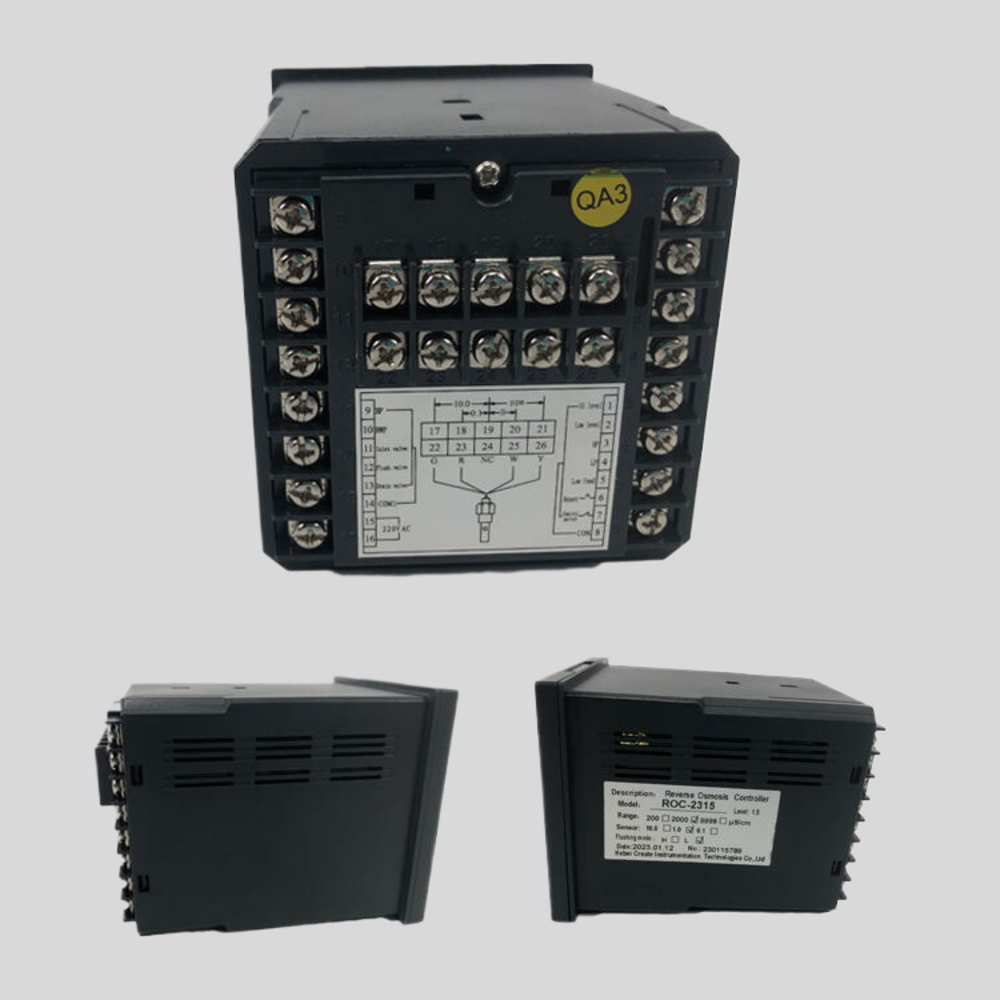
One common cause of pH meter offset is electrode aging. Over time, the sensitive glass membrane of the electrode can become worn or damaged, affecting its ability to accurately detect hydrogen ions. This can result in a drift in the pH readings displayed on the meter, leading to inaccurate measurements. To prevent electrode aging and minimize pH meter offset, it is essential to regularly calibrate and maintain the pH meter according to the manufacturer’s instructions.
Temperature fluctuations can also contribute to pH meter offset. Changes in temperature can affect the sensitivity and response time of the electrode, leading to inaccuracies in pH measurements. To compensate for temperature variations, many modern pH meters are equipped with automatic temperature compensation (ATC) features. These features adjust the pH readings based on the temperature of the solution, ensuring more accurate results.
Electrode contamination is another factor that can cause pH meter offset. Contaminants such as oils, proteins, and other substances can build up on the electrode surface, interfering with its ability to detect hydrogen ions. This can result in erratic pH readings and offset errors. To prevent electrode contamination and minimize pH meter offset, it is essential to properly clean and store the electrode after each use.
In addition to these factors, improper calibration and maintenance practices can also contribute to pH meter offset. If the pH meter is not calibrated correctly or if the electrode is not properly maintained, it can lead to inaccuracies in pH measurements. To ensure accurate and reliable results, it is essential to follow the manufacturer’s guidelines for calibration, maintenance, and storage of the ph meter and electrode.
In conclusion, pH meter offset is a critical factor to consider when using pH meters for measurements. By understanding the causes of pH meter offset and taking steps to minimize its impact, users can ensure accurate and reliable pH measurements. Regular calibration, maintenance, and proper storage of the pH meter and electrode are essential practices to prevent offset errors. By addressing pH meter offset effectively, industries can maintain quality control, ensure product safety, and achieve optimal results in their processes.

